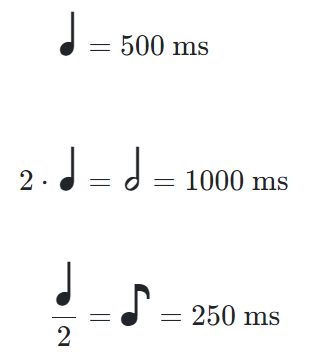Delay and Reverb Calculator
Our delay and reverb calculator is a handy tool for audio producers/engineers or people just starting in music production looking to improve their creations with reverb and delay in sync with the tempo of their song. Just input the bpm of your song, and the calculator will do the rest!
This calculator functions as a:
- Reverb/delay calculator;
- Pre-delay calculator; or as a
- Reverb decay calculator.
Within a few paragraphs, you will learn how to calculate reverb time by hand and with our delay and reverb calculator. Later, we will answer 'What is pre-delay in reverb?', 'What is reverb decay time'? and other useful questions.
Let's dive right in!
Why are delay and reverb important?
Delay and reverb (reverberation) are two effects added to improve the quality of sound productions.
While they are similar, they differ from one another because reverb aims to simulate the sound being played in different rooms. On the other hand, delay replicates the initial sound multiple times (lowering the volume each time) after being played.
These effects have different use cases, and each (when used correctly) gives an entirely different mood to a song or musical piece.
The usefulness of a reverb time calculator
To make the reverb or delay effect appear and disappear at the correct times, we need to time their duration in sync with our song's tempo or bpm (see our bpm calculator). Otherwise, the delay of a note might still be playing when the following note comes in, reducing sound clarity. The reverb and delay calculator quickly obtains the required time for the effect based on each note's length.
How do I calculate reverb time?
To calculate reverb or delay time:
- Obtain your song's bpm (beats per minute) and time signature.
- Divide
60,000by the bpm number. - Write down the result. This is the duration of the beat unit (quarter, eighth, etc.) used in the time signature expressed in ms.
- Multiply or divide this result by two to obtain longer or shorter notes' lengths.
For example, let's say we have a 120 bpm song with a 3/4 time signature. This means that in a minute, 120 quarter note beats are played. To know how long each of these quarter notes is in milliseconds, we need to divide the number of milliseconds in a minute by the bpm:
Now, if we want to use reverb or delay for longer or shorter notes, we divide or multiply by two this result n times proportionally to the relationship between each note and the beat note, in this case, the quarter note:

And so on.
🙋 Our delay and reverb calculator automatically does this calculation for every note, saving you lots of time ⏱. Just input your bpm and start creating!
What is pre-delay in reverb?
Pre-delay is the amount of time (in milliseconds) before the onset of the reverb/delay effect after a note is played.
The best way to obtain a correct pre-delay length is first to know how long the delay effect should last (half, quarter, etc., in ms) and then try different shorter notes values for the pre-delay duration (1/16th, 1/32th, etc.) to test which sounds better. The total delay time will then be:
Here:
- Total delay is the note duration we have chosen to use as delay length.
- Pre-delay is a shorter note during which we won't hear the delay effect.
- Decay time is the actual time during which the delay effect is applied and heard until vanishing.
For example, let's say we have already figured out each note's duration for a specific song, and we would like to apply a delay effect to some eighths notes lasting 300 ms.
We test multiple times and find that a pre-delay of 1/64th or 37.5 ms fits nicely into our composition. Now, if we want to find the decay time, we need to subtract the pre-delay time from the eighth's duration, resulting in a 262.5 ms decay time.
Feel free to check another of our music tools: the note frequency calculator!
What is decay in reverb?
Decay time is the amount of time during which the reverb effect is applied and heard before fading. A longer pre-delay will produce a shorter decay time.
How do I calculate bpm by ear?
To calculate bpm by ear:
- Count the number of beats in 15 seconds.
- Multiply the result by 4.
- The result is the bpm number for your song.
How long is a quarter note in 120 bpm?
500 ms. To get a note's duration, you need to divide 60,000 by the bpm number. This math will give you the time signature's beat duration in milliseconds. Then, multiply or divide by two accordingly to get each note's duration for that bpm.